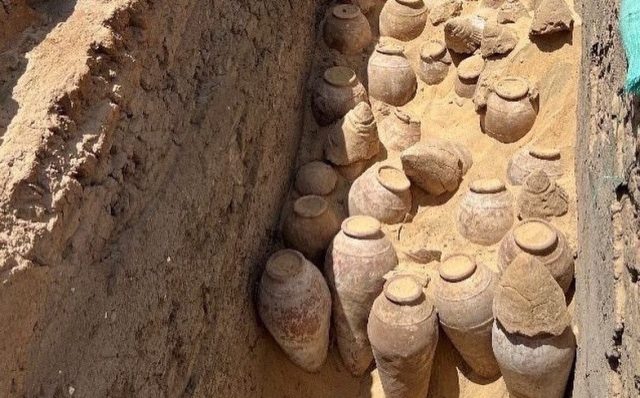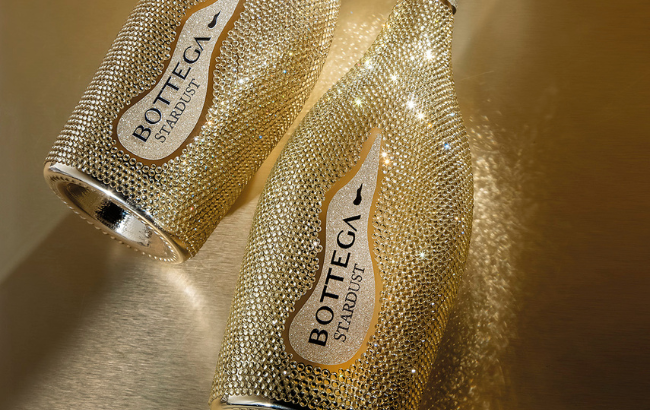5,000-year-old intact wine jars discovered
By James EvisonComplete wine jars that are still intact and containing ‘well-preserved remains’ of 5000-year-old wine have been discovered in Egypt.

The incredible find was from an archaeological team from Egypt, Germany and Austria who were excavating the tomb of Meret-Neith, who it is believed was an important woman from the 1st dynasty of Ancient Egypt.
The jars were discovered at the Um Al-Qaab archaeological site in Abydos, Sohag Governorate, with Mostafa Waziri, secretary general of the supreme council of antiquities, stating the team found various grave goods, including hundreds of large wine jars.
The jars were described as having intact stoppers and still containing ‘well-preserved’ remains of the wine. The joint Egyptian and German-Austrian team unearthed hundreds of the sealed jars containing the remains of ancient wine. Additionally, an inscription adds to evidence of Meret-Neith’s high status, it is believed.
Dietrich Raue, the director of the German Archaeological Institute, stated Meret-Neith was the only woman in Egypt’s first royal cemetery at Abydos to have her own monumental tomb. He also said that new information suggested she may have been the first female queen in ancient Egypt, although admitting her true identity ‘remains a mystery’.
Partner Content
Raue mentioned that recent excavations have revealed new information about Meret-Neith and her era, leading to speculation that she may have been the first female Queen in Ancient Egypt, predating Queen Hatshepsut of the 18th dynasty.
Mission lead E. Christiana Köhler said the grand tomb complex in the Abydos desert, where the wine jars were found, also included the tombs of 41 courtiers and servants, and was constructed using unfired mudbricks, mud, and timber.
Köhler said the latest technology was used by the team to reveal the graves were built in multiple stages over an extended period of time.
Related news
Will white wine be central to Burgundy's future success in Asia?




